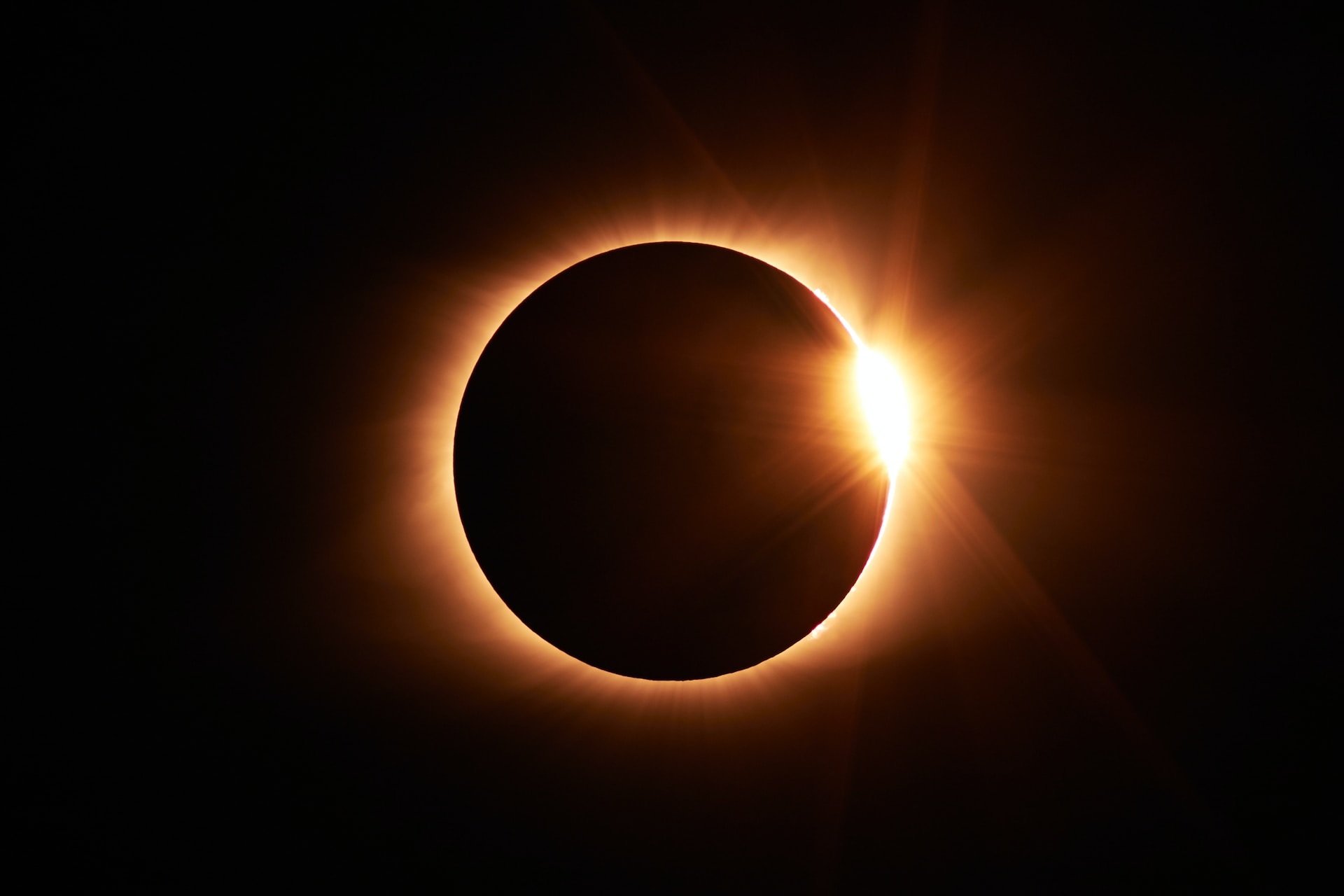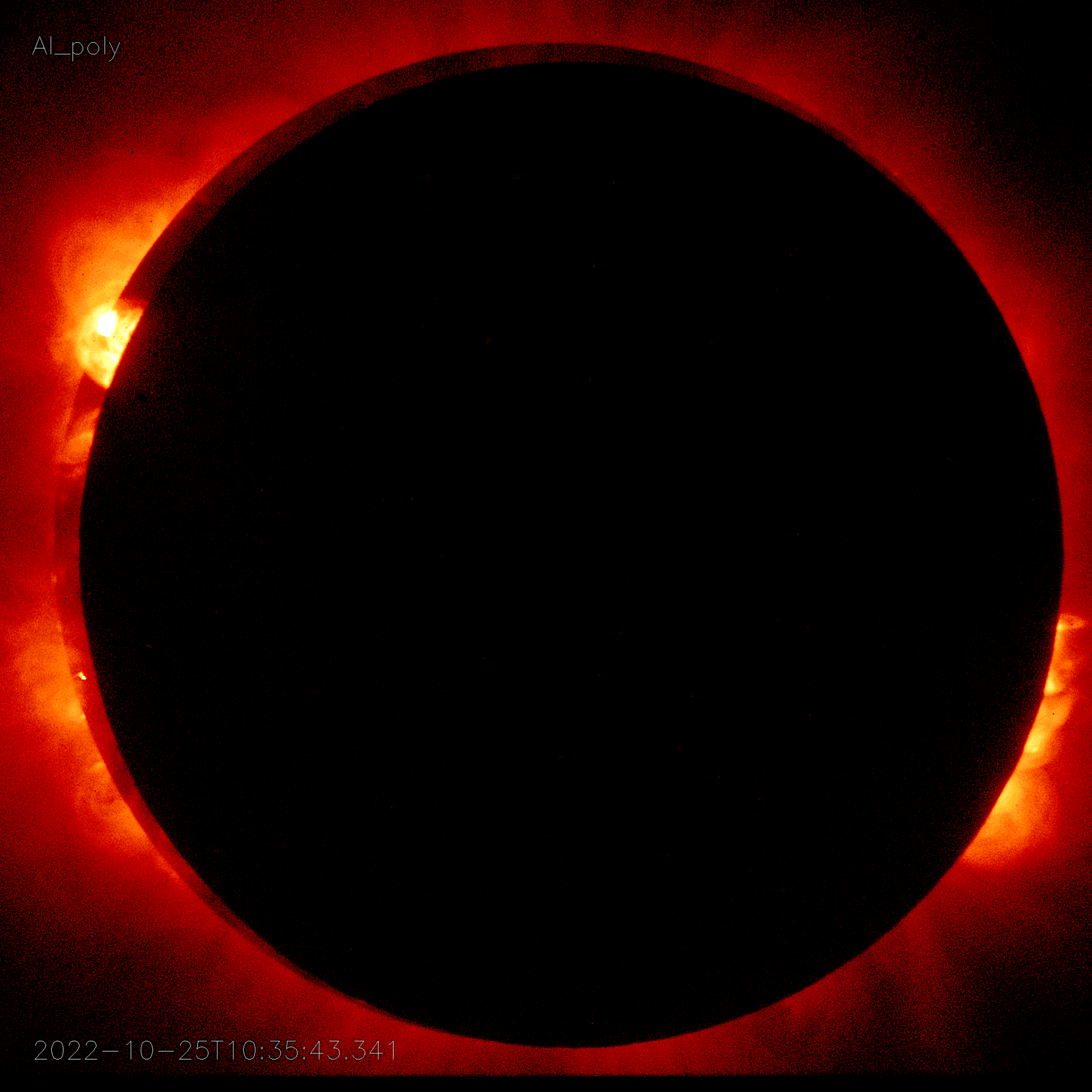On Saturday, October 14, the day will come when the sky will become the theater of the most impressive celestial events for almost a billion inhabitants of North and South America. On this day, the young Moon will play the role of an actor, orbiting between the Sun and the Earth, creating an impressive natural phenomenon – a solar eclipse.

This eclipse will be special, because it will be annular. This means that against the background of the Moon, which will be inside, a ring of sunlight will be visible around it. However, many localities in the United States will only see a partial solar eclipse, not this spectacular ring shape.
During an annular eclipse, the Sun never becomes completely inaccessible, as during a total eclipse. This is due to the fact that the Moon will be at a very great distance from the Earth – 397,037 km at the time of the spectacle. Such a remote position of the Moon makes its disk too small to completely cover the Sun. Only 4.8% of the solar disk will be visible during the eclipse.
Where will it be possible to see the Solar Eclipse?
Starting its journey over the Pacific Ocean, the eclipse will move to the southeast. The annular phase of the eclipse will be observed in nine American states, from Oregon to Texas, while the width of the shadow path will be 204 km.

The duration of the annular phase along the center of the eclipse trajectory will increase from 4 minutes 34 seconds on the Pacific coast of Oregon to 5 minutes 2 seconds on the Gulf Coast of Texas. After the USA, the eclipse trajectory will cross the Mexican Yucatan peninsula, pass through Central America, where the largest eclipse will occur in the Caribbean Sea off the coast of southern Nicaragua, and then move to northern Brazil, ending its journey in the open waters of the South Atlantic.
What is visible during Solar Eclipses?
The total solar eclipse, compared with the annular one, will give astronomers and enthusiasts of celestial phenomena a completely different experience. During the total eclipse, the sky becomes darker, effects such as the solar corona, chromosphere and shadow bands appear. All these moments make the total eclipse very impressive.

The annular eclipse, although not so bright and not giving such specific effects, still remains a no less impressive natural spectacle. The average viewer may not really feel the great differences, but for enthusiasts and fans of astronomy, this is an event for which it is worth going on a long journey.
Negative shadow
However, there will come a day when a total solar eclipse will become impossible. This is due to the orbital characteristics of the Moon. It moves around the Earth in an elliptical orbit, and this determines the minimum and maximum distance to the Earth. At perigee, the distance to Earth is 356,371 km, and at apogee – 406,720 km. The average distance from the Moon to the Earth is 384,748 km.
In order for the total solar eclipse to occur, the dark shadow of the Moon should touch the surface of the Earth. Usually this shadow has an average width of about 130 km. However, the total length of the cone of the moon’s shadow is limited, and on average is only about 378,000 km. This is less than the average distance of the Moon to the Earth.
Therefore, it is important that the moon be closer to the Earth than usual in order for the shadow cone to reach the Earth and cause a total solar eclipse. But when the tip of the dark shadow fails to make contact with the Earth, a “negative shadow” known as an antumbra is created instead, and the spectacle of the annular eclipse can be seen from inside this shadow. This is exactly what will happen on October 14.
When will the eclipses disappear?
From July 1969 to December 1972, twelve Apollo astronauts left a series of laser reflectors on the moon’s surface. Since then, astronomers on Earth have regularly reflected laser pulses from these reflectors. By measuring the passage time of these laser pulses in a circle, it is possible to measure the distance to the moon with great accuracy. Analysis of these measurements shows that the average distance from the Moon to the Earth increases by 3.8 cm every year.
The movement of the Moon is strongly influenced by the attraction of the Sun, to a lesser extent by the planets and the Earth. Due to tidal influences, the Moon is slowly moving away from the Earth, spiraling outward and rising to a more distant orbit. Of course, as the Moon moves away, its apparent size decreases until it reaches a point where its dark cone of shadow is too far from Earth, making it impossible for the total solar eclipse to occur.
In his book More Mathematical Astronomy Morsels, astrophysicist Jean Meeus argues that at the current rate of removal of the Moon from the Earth, which is 3.8 meters per century, eclipses would become impossible in 1.21 billion years. However, if we take into account the fact that the eccentricity of the earth’s orbit changes faster than the very slow, gradual increase in the distance to the Moon, we probably wouldn’t have to wait so long. According to Meeus, total solar eclipses on Earth will become impossible in 620 million years.
Earlier we reported on how solar eclipses impacted the Earth’s atmosphere.
According to Space
Follow us on Twitter to get the most interesting space news in time
https://twitter.com/ust_magazine
